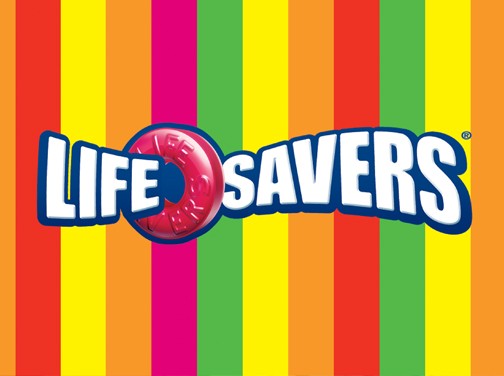 We take many everyday items for granted, but when these items were introduced to the market, they were anything but ordinary. Have you ever wondered how you got along without a specific product, a must-have invention … or the latest version of your smartphone?
We take many everyday items for granted, but when these items were introduced to the market, they were anything but ordinary. Have you ever wondered how you got along without a specific product, a must-have invention … or the latest version of your smartphone?
Somewhere between necessity being the mother of invention and pure creative genius, all kinds of useful products have come into our lives. Were their creators inspired by a burning desire to get rich? Did they have years of schooling or technical training? Were they part of huge corporations with unlimited research and development budgets?
No.
They just let their creativity take over. And we benefit from their inventive ways to overcome life’s little challenges. Consider these items, born of necessity, 100 years ago.
Mrs. Earl Dickson, an inexperienced cook, often burned and cut herself back at the turn of the 20th century. Mr. Dickson, a Johnson and Johnson employee, got plenty of practice in hand bandaging. Out of concern for his wife’s safety, he began to prepare bandages ahead of time so that his wife could apply them by herself. By combining a piece of surgical tape and a piece of gauze, he fashioned the first crude adhesive strip bandage.
At 13 years old, Chester Greenwood’s head was cold one December day in 1873. To protect his ears while ice skating, he found a piece of wire, and with his grandmother’s help, padded the ends. In the beginning, his friends laughed at him. However, when they realized that he was able to stay outside skating long after they had gone inside freezing, they stopped laughing. Instead, they began to ask Chester to make ear covers for them, too. In my home state of Minnesota, earmuffs are standard winter equipment.
During the hot summer of 1913, Clarence Crane, a chocolate candy manufacturer, found himself facing a dilemma. When he tried to ship his chocolates to candy shops in other cities they melted into gooey blobs. His customers didn’t want to deal with the mess and deferred their orders until cooler weather. Mr. Crane needed to find a substitute for the melted chocolates if he wanted to keep his customers. He experimented with hard candy which wouldn’t melt during shipment. Using a machine designed for making medicinal pills, Crane produced small, circular candies with a hole in the middle. And that is how Life-Savers were born.
The term Frisbee did not always refer to the flying plastic disks that have spawned a variety of games. More than 100 years ago, in Bridgeport, Conn., William Russell Frisbie owned the Frisbie Pie Company and delivered his pies locally. All of his pies were baked in the same type of 10″ round tin with a raised edge, wide brim, six small holes in the bottom, and “Frisbie Pies” on the bottom. Playing catch with the tins soon became a popular local sport. However, the tins were slightly dangerous when a toss was missed. It became the Yale University custom to yell “Frisbie” when throwing a pie tin. In the ’40s when plastic emerged, the pie-tin game was recognized as a manufacturable and marketable product. Now FRISBEE ® is a registered trademark of Wham-O Mfg. Co.
All those inventions started innocently enough, without great expectations. That kind of creativity will continue, with or without corporate backing and deadlines to bring a product to market.
But there are constant demands in companies to come up with newer, better, shinier, more in-demand products. As companies try to stay afloat in a choppy economy, employees are being pushed for new ideas. Managers would be wise to consider the studies conducted by Teresa Amabile, professor at Harvard Business School and head of its Entrepreneurial Management Unit. She has explored creativity for nearly 30 years and her comprehensive research has uncovered some myth-defying facts:
- Money and rewards don’t necessarily inspire creativity.
- Tight deadlines and pressure to produce don’t foster innovation.
- Competition doesn’t induce creativity.
- Neither sadness nor fear fuel creative breakthroughs.
In order for creativity to blossom, workers need to feel deeply engaged in their projects, skilled enough to accomplish them, and free of negative influences – unnecessary distractions, politics, resource roadblocks and unwarranted critical feedback.
I might add that management needs to be open to ideas from all sources – not just the so-called “creative” departments. We all have a streak of creativity in us. Remember that the next time you need a Band-Aid or enjoy a Life-Saver!
Mackay’s Moral: A little spark can lead to a blazing success.

